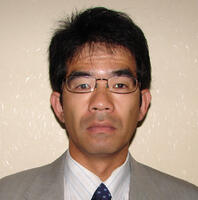経歴
-
2007年04月-
早稲田大学理工学術院教授
-
2006年10月-2007年03月
宇宙航空研究開発機構総合技術研究本部主幹研究員
-
2005年04月-2007年03月
東京大学大学院助教授併任
-
2002年05月-2007年03月
文部科学省宇宙科学研究所 宇宙推進研究系助教授(総合研究大学院大学助教授併任2005年まで)
-
2003年10月-2006年09月
宇宙航空研究開発機構総合技術研究本部主任研究員
-
2004年11月-2005年10月
(英国ブリストル大学 航空宇宙工学科 客員研究員)
-
1992年07月-2002年04月
文部省宇宙科学研究所 宇宙推進研究系助手(東京大学助手併任)
-
1991年04月-1992年06月
日本学術振興会特別研究員DC


Click to view the Scopus page. The data was downloaded from Scopus API in January 07, 2026, via http://api.elsevier.com and http://www.scopus.com .